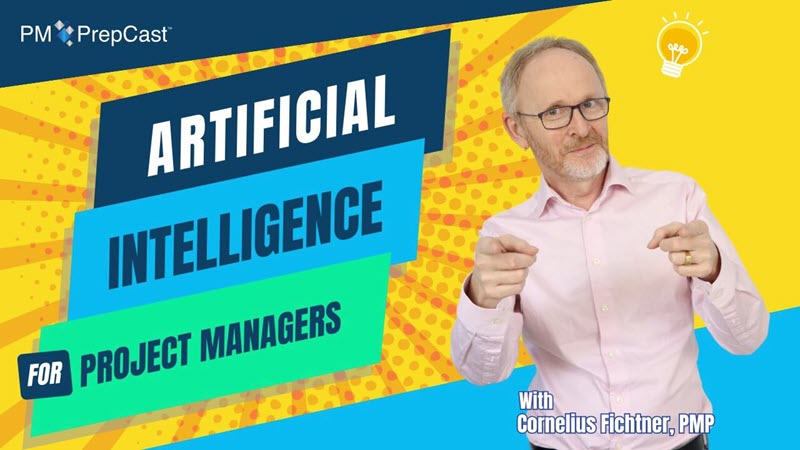Episode 381: Scaled Agile for The Enterprise (Free)
Get Project Management Professional (PMP)® exam ready by putting PMP training in your pocket!

We continue our look at the topic of scaled agile that we started in the previous episode, this time by looking at "agiLE" - Agile in the Large Enterprise.
This interview about Scaling Agile with Joy Beatty, PMI-PBA was recorded at the Project Management Institute (PMI)® Global Congress 2016 in San Diego, California. We discuss her presentation and white paper Making "agiLE" Work: Agile in the Large Enterprise. If you are looking to adopt agile project management with scrum and then intend to scale it, this interview will help you understand how that can work.
Here are the abstract and final thoughts:
Abstract: Almost all large enterprises are making some transition to agile practices. There are many approaches to scale agile in the large enterprise, and we’ll give an overview of the most common scaled approaches and their limitations. This paper also discusses the most common challenges our customers’ teams are facing when scaling agile and provides suggestions to overcome those challenges.
Final Thoughts: This sounds like a daunting task—to transition to agile approaches in a large organization. However, with solid collaboration and communication, it’s absolutely doable. Teams will constantly be collaborating through elicitation, answering questions, and testing the actual product. Business analysts have a critical role to play in keeping the collaboration running smoothly, including helping to facilitate backlog grooming and elaboration, participating in planning in sprints, working with interfacing teams to identify dependencies, and serving as a product owner proxy on any teams as needed. Likewise, project and program managers can act as advisors about appropriate levels of process, help guide projects toward common goals, and ensure a focus on prioritization based on business needs. Instead of instilling a hierarchical control between PMO and product owner, in agiLE the PMO and product owner work together to achieve the objective. The real goal for agiLE teams is self-organization and creativity, while still contributing as a part of a large organization
Click to download the white paper
Scrum project management might sound like a term that doesn't fit into the 'traditional' view of Agile methods, but when you are looking to scale up your approaches, you do need to add structure. Scrum agile project management training is one way to support a team through a transition to scaled agile, and you'll learn more about agile in large enterprises in this episode with Joy, so you can make a decision about whether it is right for you.


